Friday, 27 September 2024
Stockton and Darlington Railway
Thursday, 26 September 2024
Most expensive sales from April to June 2024
Signed copies, first editions, handwritten manuscripts, and more.
Welcome to our most expensive sales of April, May and June 2024. This manifold list includes an iconic collection from Romantic poet Lord Byron, special editions from literary titans James Joyce and George Orwell, plus a handwritten manuscript from Salvador Dalí.
A collection of works by George Gordon Byron - $80,000
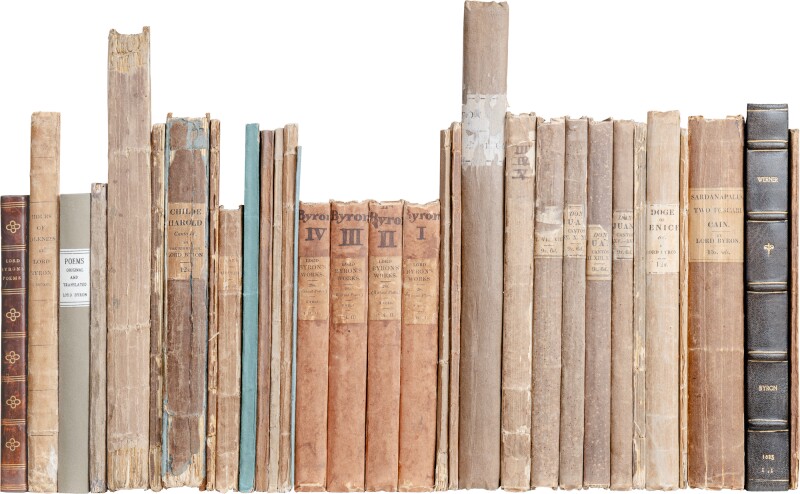
Famously dubbed 'mad, bad and dangerous to know,' George Gordon Byron, sixth Baron Byron was a prominent English Romantic poet of the early 19th century. Lord Byron is known for his vivid depictions of nature and dark, brooding tone. This remarkable collection includes first editions of Byron's works such as Childe Harold's Pilgrimage.
Sold by Biblioctopus
Lord Byron may be one of the few 19th century poets who would have been just as popular 150 years after his death, with a personal style and flair much like a rock star. His work and his personal story continue to intrigue a wide range of people, not just those that study poetry academically. So this collection of 21 first editions is, simply put, a wonderful thing. A comparable group would be almost impossible to assemble these days no matter the time or money one might be willing to invest. Many are in the original boards or wrappers, several titles are incredibly difficult to find in first issue, excellent provenance for several books, etc. A collection worthy of a place in any library in the world.

Zur Farbenlehre by Johann Wolfgang von Goethe - $27,000

Johann Wolfgang von Goethe is considered one of the greatest writers in the German language. The author behind iconic works like The Sorrows of Young Werther (1744) and Faust (1808), Goethe was also a polymath who made significant contributions to the Sciences.
His Theory of Colours challenged Newton's optics, proposing a subjective, psychological approach to color perception that influenced artists and thinkers throughout the 19th century.
This copy of the Theory of Colours, published in 1808, is a fine, complete first edition in its original binding.
Sold by Antiquariat INLIBRIS Gilhofer Nfg. GmbH
Throughout the years we have sold several copies of Goethe's Farbenlehre, but this is unquestionably the finest specimen we have ever handled: a first edition in its original binding, formerly in the library of Goethe's friend, lord and benefactor, Karl August, Grand Duke of Saxe-Weimar-Eisenach.

It's A Battlefield by Graham Greene - $23,550

This first edition, first printing of Graham Greene's early novel, It's a Battlefield, was published in 1934.
The novel follows Drover, a Communist bus driver in prison and appealing his death sentence for killing a policeman during a riot at Hyde Park Corner.
Greene's signature is present on the front fly leaf, inscribed to 'Clive, affectionately' in black ink. The recipient, Clive Francis, is a British actor and was a friend of Greene's.
Sold by John Atkinson Books
Autograph Manuscript 'My Cinematic Secrets' by Salvador Dali - $22,300
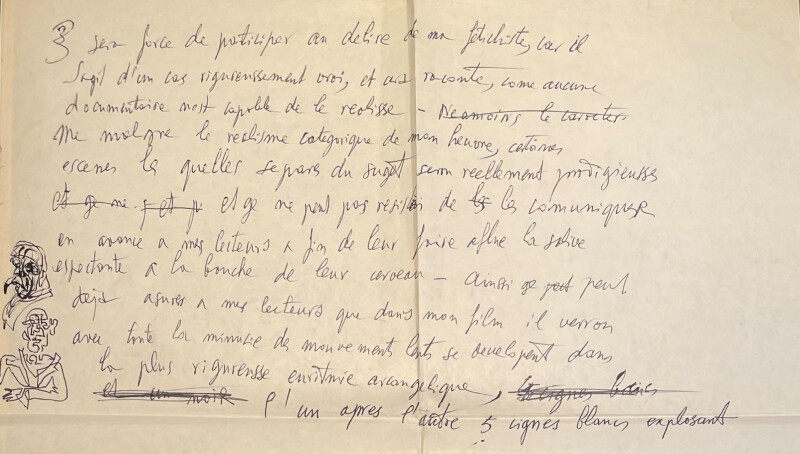
This 'distinctly Dali' manuscript was handwritten by the artist for a piece entitled Mes secrets sinematographiques (My cinematic secrets), later published in the February 1954 issue of La Parisienne. The text was adapted by Michel Déon, who had to decipher Dali's unusual spelling and syntax, which was described as 'delirious orality, 'interspersed with Hispanicisms and phonetically reproducing the Catalan accent.'
In the manuscript, Dali affirms the conviction of his genius in cinematographic art, referencing his first two films, Un chien andalou and L'Âge d'or, as proof. He then derides the role of filmmaker Luis Buñuel in the realization of the films and introduces his next project, La Brouette de flesh.
Sold by Adam Andrusier Autographs
This rather remarkable handwritten manuscript by Salvador Dali details the artist’s notable work in the medium of cinema. The artist adds little drawings to the text, and furnishes extravagant — at times highly surreal — detail about his creative process. A stream of consciousness across five pages…!

Animal Farm by George Orwell - $21,000
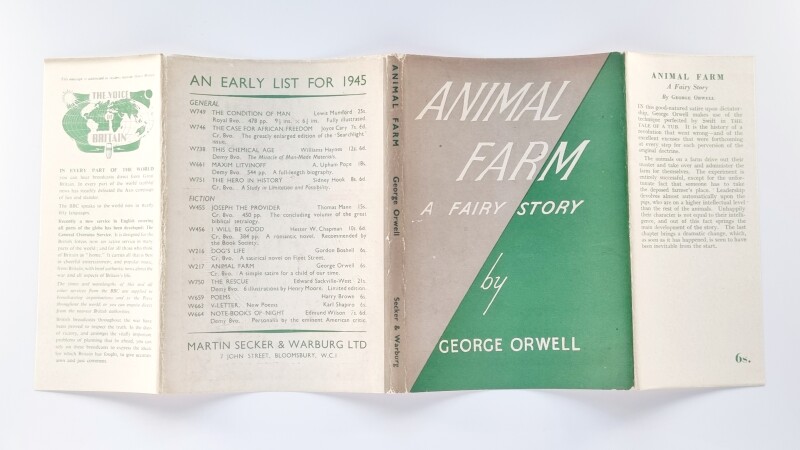
"All animals are equal, but some animals are more equal than others."
When the animals of Manor Farm revolt against their human master and take over the farm, they hope to create a society where they can be equal, free, and happy. Gradually, however, a cunning elite among them start to abuse their power and adopt the very behaviors they had initially fought against.
This is an outstanding copy of the first edition of Orwell's iconic novella, Animal Farm, published in 1945 under contemporary war time economy standards with an estimated print run of 4000 copies.
Sold by West Hull Rare Books
Finnegans Wake by James Joyce - $19,500
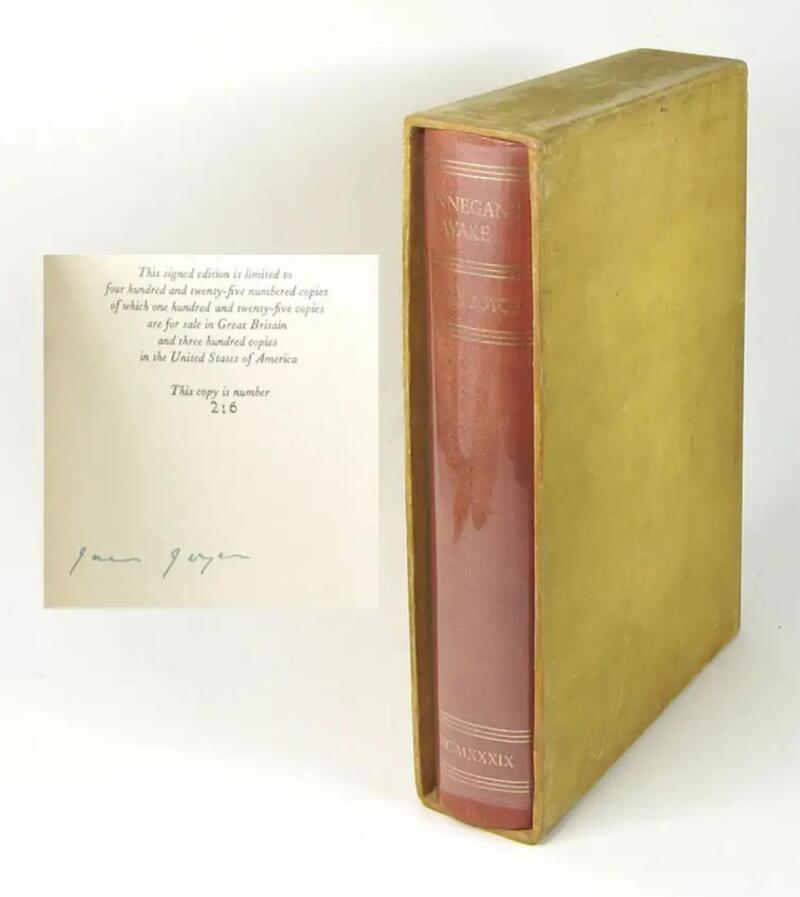
Having exhausted all the possibilities of the English language in Ulysses, James Joyce had only one recourse for his next project: create an entirely new language, a pastiche of all the existing languages. The result is Finnegans Wake.
James Joyce wrote Finnegans Wake, his last major work, over seventeen years. This limited edition copy, signed by Joyce himself, is in excellent condition.
Political, Miscellaneous and Philosophical Pieces by Benjamin Franklin - $19,100
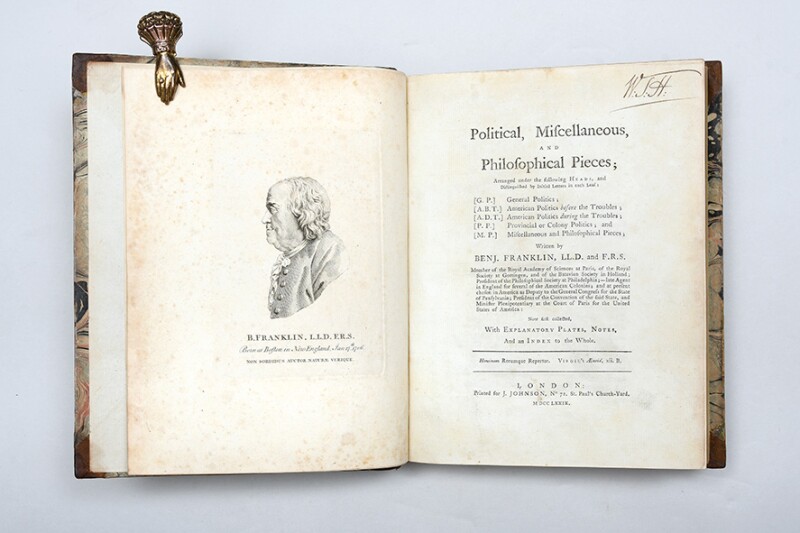
Polymath inventor, writer, and statesman, Benjamin Franklin is considered a key Founding Father of the United States.
This first edition of the only lifetime collection of Franklin's non-scientific writings was edited by his close friend, British diplomat and political reformer Benjamin Vaughan. Vaughan edited the writings with Franklin's assistance before they were published in 1779. Vaughan was also a vital voice of reason during the peace negotiations which ended the American Revolutionary War, mediating between Franklin and Lord Shelburne, and acting as a confidential adviser and private secretary.
Judging by contemporary reviews, the book was met with a favorable reaction from British audiences despite the ongoing war.
Sold by Peter Harrington
Yo, Judio by Jorge Luis Borges - $19,000

This original manuscript was written by the great Argentinian writer and essayist, Jorge Luis Borges, for his text Yo, Judio (Me, Jew), published in the magazine, Megafono, in 1934.
In the article, Borges responds to an attack made against him in another magazine, Crisol, which supported Nazism.
The manuscript originally belonged to the director of Megafono before being sold to a private collector in 1978.
Sold by Chaco 4ever Books
'Yo Judio' is a manuscript of great relevance, since Borges explores Jewish identity and its relationship with history and culture. In this text, the author reflects on his heritage and his deep connection to the Jewish faith. Through symbolic and profound language, Borges invites us to explore the duality of being Jewish and Argentine, and how this identity influences his writing. In my opinion, along with 'El Milagro secreto' and 'Deutsches Requiem', these three texts are the most outstanding regarding the topic of Judaism, its origins and its relationship with the Shoa.

Association copy of Chateaubriand by Jules Lemaitre - $15,900
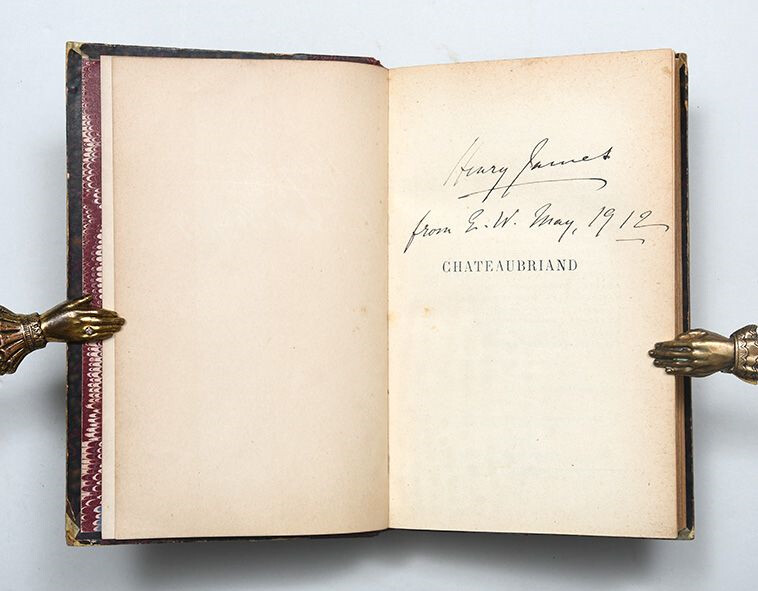
This copy of Chateaubriand by Jules Lemaitre was gifted to Henry James by his friend, Edith Wharton. A superb association copy, it represents the longstanding friendship between the two great novelists, both of whom shared a profound relationship to Paris and French literature.
In a letter dated '12 May 1912,' James wrote to Wharton to thank her for a package containing two books, one of which being this Chateaubriand. James and Wharton were friends from early days, with James describing The Mount, Wharton's glittering Massachusetts estate where she entertained the American literary elite, as 'a delicate French chateau mirrored in a Massachusetts pond.'
James appears to have read this copy thoroughly, as evidenced by markings and folded-over pages, as well as three pencil annotations.
Sold by Peter Harrington
L'Antiquité Expliquée, et Représentée en Figures by Dom Bernard de Monfaucon - $15,900
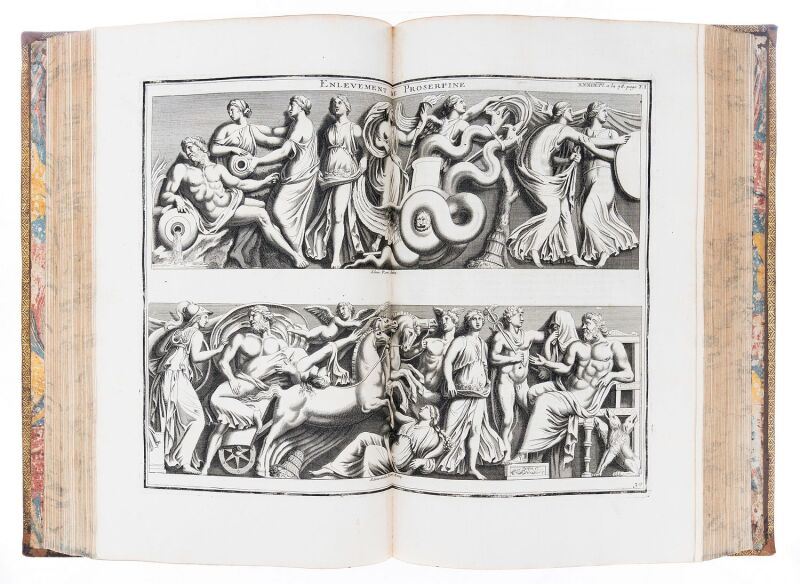
Bernard de Montfaucon (1655 - 1741) was an influential French monk and scholar, and is known today as one of the founders of paleography and archaeology.
In this substantial work, Montfaucon documented classical art and architecture. The copy consists of 15 volumes with 1,396 plates, as well as the supplemental volumes published after his death.
Sold by Robert Frew
https://www.abebooks.com/books/rarebooks/most-expensive-sales-april-may-june-2024

